If you’re eager to sink your teeth or claws into the canon of horror classics but aren’t sure where to start, add these films to your 31 Days of Horror Movie playlist, make some popcorn, get under the blankets, and enjoy!
Nosferatu (1922) : “Nosferatu” is a classic silent horror film released in 1922 and directed by F.W. Murnau. It’s an unauthorized adaptation of Bram Stoker’s novel “Dracula,” with names and certain elements changed due to copyright issues. The film tells the story of Count Orlok, a mysterious and eerie vampire who resides in Transylvania. As Orlok makes his way to Germany in search of new victims, the film builds tension as the townsfolk, now aware of the vampire threat, try to protect themselves from Orlok. “Nosferatu” is known for its haunting and atmospheric cinematography, as well as Max Schreck’s iconic portrayal of Count Orlok, one of the most memorable vampires in film history. It remains a classic of the horror genre and a significant work in the history of cinema.
The Cabinet of Dr. Caligari (1920) : “The Cabinet of Dr. Caligari” is a German silent film directed by Robert Wiene and released in 1920. It’s a classic of German Expressionist cinema and one of the most influential and iconic films in the history of cinema. Dr. Caligari is a carnival sideshow performer who presents a somnambulist, Cesare, at the local fair. Cesare is a young man who sleeps in a coffin-like cabinet and can be awakened to predict people’s futures while in a trance-like state. “The Cabinet of Dr. Caligari” is renowned for its groundbreaking and innovative set design, characterized by distorted, expressionistic architecture and painted backgrounds that contribute to its eerie and unsettling atmosphere. It is often regarded as a prime example of German Expressionist cinema and is celebrated for its contributions to the horror genre and the art of filmmaking.
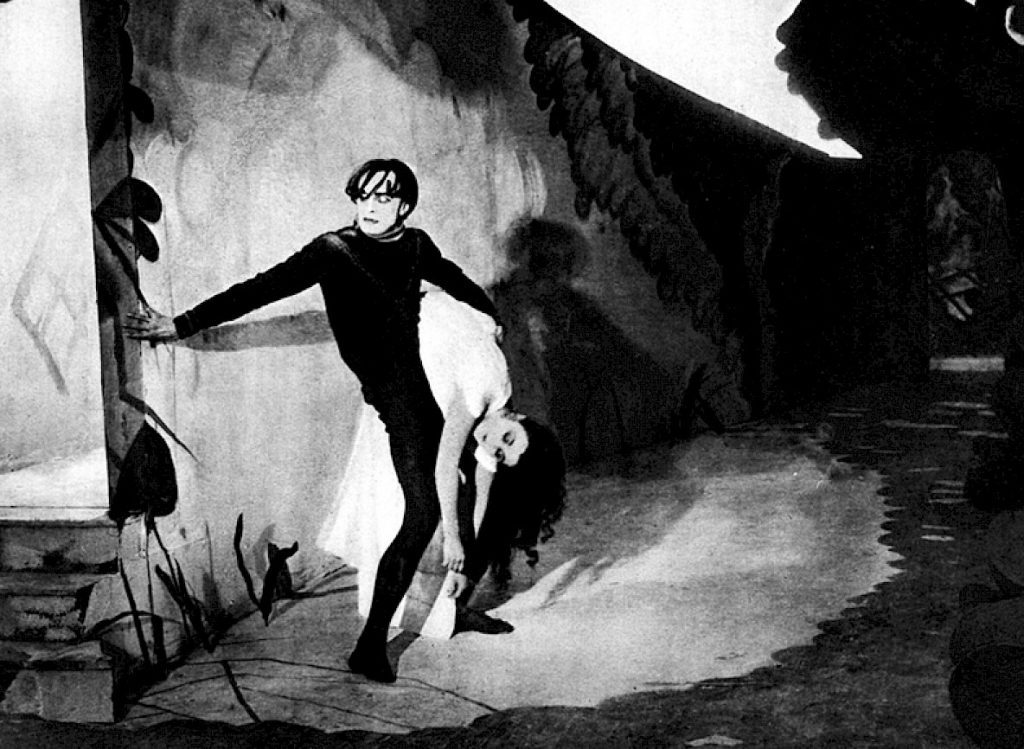
Frankenstein (1931) : Based on the 1818 novel by Mary Shelley, “Frankenstein” is celebrated for Boris Karloff’s iconic portrayal of The Monster, and it played a significant role in shaping the popular image of Frankenstein’s creature. It is considered one of the seminal works in the horror genre and remains a classic of early American cinema. “Frankenstein” follows the classic tale of Dr. Frankenstein, who uses science to reanimate the body parts of dead people and bring his monster to life. The film explores themes of scientific hubris, ethics, and the consequences of tampering with the natural order. The Monster’s misunderstood and tragic nature is also a central theme, as he is a creature rejected by society due to his grotesque appearance.
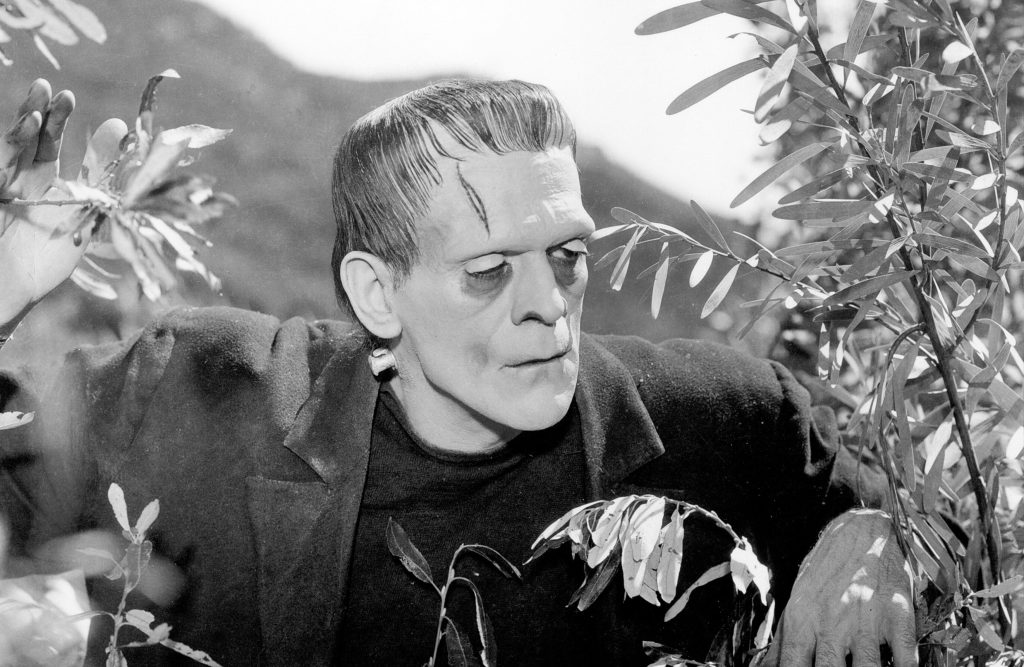
Freaks (1932) : Tod Browning’s “Freaks” is a 1932 American Pre-Code horror film known for its controversial subject matter and its use of real people with physical deformities as cast members. “Freaks” was a groundbreaking film that was initially met with outrage and censorship upon its release. However, it has since gained cult status and is appreciated for its unique portrayal of marginalized individuals and its exploration of themes related to acceptance and empathy. This is one movie that I totally recommend any cinema fiend must watch!
King Kong (1933) : This classic monster adventure film directed by Merian C. Cooper and Ernest B. Schoedsack is celebrated for its groundbreaking stop-motion animation and special effects by Willis O’Brien. The film’s enduring legacy has made King Kong one of the most iconic monsters in cinematic history. It has been remade and reimagined several times but remains a classic and beloved piece of filmmaking from the golden age of Hollywood.
The Bride of Frankenstein (1935) : It is widely regarded as one of the greatest sequels in cinematic history. The film begins with a prologue featuring Mary Shelley (played by Elsa Lanchester), the author of the original “Frankenstein” novel, telling her friends Lord Byron and Percy Shelley that there is more to the story of Dr. Frankenstein and his creature than she has previously written. “The Bride of Frankenstein” is celebrated for its combination of horror and humor, its impressive special effects, and Boris Karloff’s sympathetic portrayal of The Monster. It explores themes of creation, loneliness, and the consequences of tampering with the natural order. The film is considered a classic of both the horror genre and the broader realm of cinema.
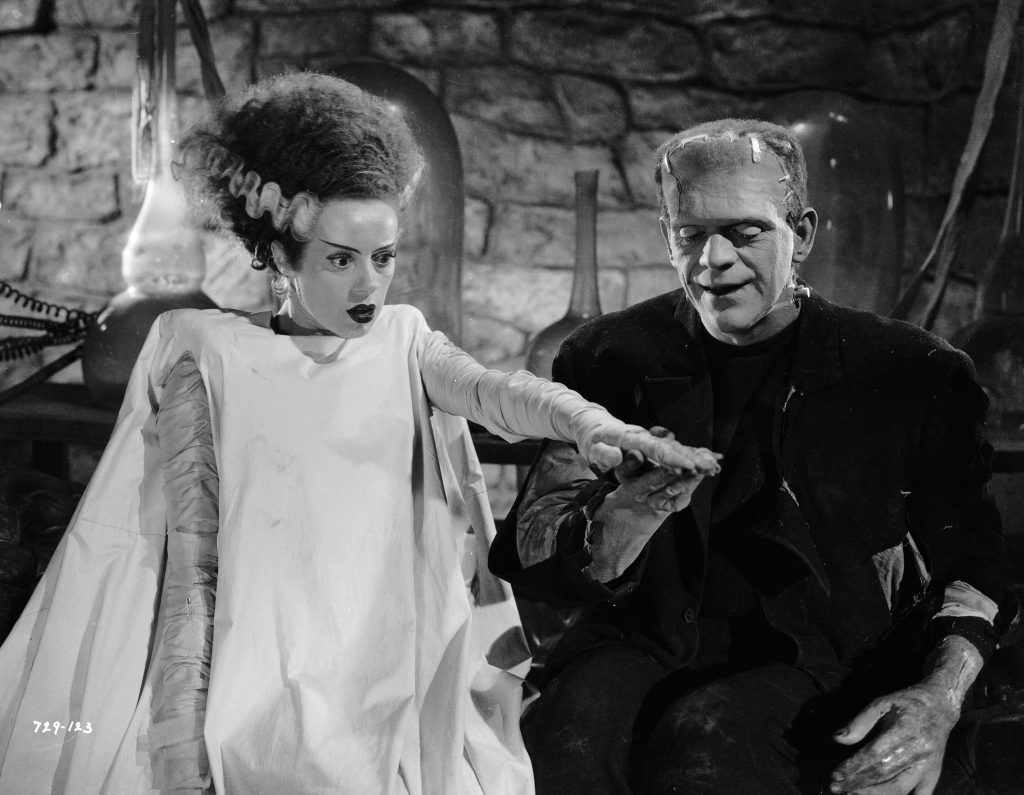
Eyes Without a Face (1960) : Directed by Georges Franju; also known as “Les Yeux sans visage” in French, the film follows the story of Dr. Génessier, a brilliant but morally compromised plastic surgeon, and his devoted assistant Louise. Dr. Génessier is obsessed with restoring the face of his daughter, Christiane, who was disfigured in a car accident for which he was responsible. He keeps Christiane hidden away in his secluded mansion and has a disturbing plan to graft a new face onto her. The film is known for its haunting and poetic cinematography, as well as its chilling atmosphere. It explores the psychological and moral dilemmas faced by its characters and raises questions about the boundaries of medical ethics.
Psycho (1960) : This classic American psychological horror film directed by Alfred Hitchcock and based on the novel of the same name by Robert Bloch has one of the most memorable scenes in all of horror canon. Shower anyone? The story revolves around Marion Crane, a secretary who embezzles $40,000 from her employer and decides to go on the run. She checks into the secluded Bates Motel, owned and operated by a seemingly mild-mannered man named Norman Bates. The film gradually reveals Norman Bates’ psychological instability, driven by his intense and unhealthy attachment to his deceased mother. “Psycho” is celebrated for its innovative cinematography, suspenseful storytelling, and Bernard Herrmann’s iconic score. The film’s impact is still felt in cinema today, and it remains a must-see classic for horror enthusiasts and film lovers alike.
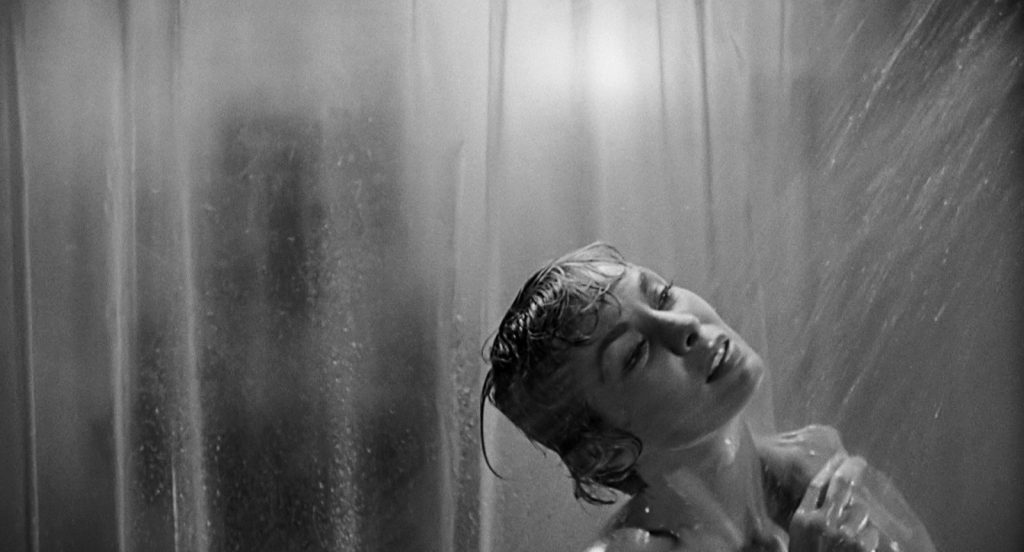
Blood and Black Lace (1964) : “Blood and Black Lace” (Italian: “Sei donne per l’assassino”) is an Italian Giallo film directed by Mario Bava. The film is set in a high-end fashion salon in Rome, where a group of beautiful models work and live. The plot revolves around a series of brutal murders that begin when one of the models, Isabella, is killed by a mysterious assailant wearing a black mask and gloves. As the body count rises, the remaining models become increasingly paranoid. Throughout the film, the audience is kept guessing about the identity of the killer and their motives. The film’s climax unravels the secrets hidden within the salon and reveals the shocking truth behind the murders. The film blends elements of mystery, suspense, and features a series of elaborate and visually striking murder sequences, which are a hallmark of Giallo cinema. “Blood and Black Lace” is an essential movie if you are dipping your toes into the world of Giallo Cinema.
Night of the Living Dead (1968) : This groundbreaking and influential American independent horror film, directed by George A. Romero, is known for its social commentary, low-budget production, and its impact on the horror genre and zombie sub-genre alike. The film explores themes of fear, racism, and societal breakdown as the survivors must confront both the external threat of the zombies and their own internal conflicts. The film’s ending is particularly shocking and remains a point of discussion and interpretation among viewers. “Night of the Living Dead” is regarded as a classic of horror cinema and has had a profound impact on the genre, influencing countless zombie films and TV series that followed. It is also seen as a seminal work in independent filmmaking due to its low budget and unconventional approach to horror storytelling.
Honorable Mention:
Rosemary’s Baby (1968) : I could not conclude this list without mentioning one of horror’s most essential masterpieces. This psychological horror film, directed by Roman Polanski and based on the novel of the same name by Ira Levin, is known for its atmospheric tension and exploration of paranoia and supernatural horror. While it’s a very slow burn of a movie, the film skillfully builds tension and suspense as it explores themes of maternal anxiety, gaslighting, and the occult. The audience is left to question whether Rosemary is genuinely experiencing supernatural events or if her fears are a result of her deteriorating mental state. The result is an atmosphere of choking terror that lays bare the institutional patriarchy of the 1960s and signs off with a reveal that’ll chill God-fearing viewers to the bone.

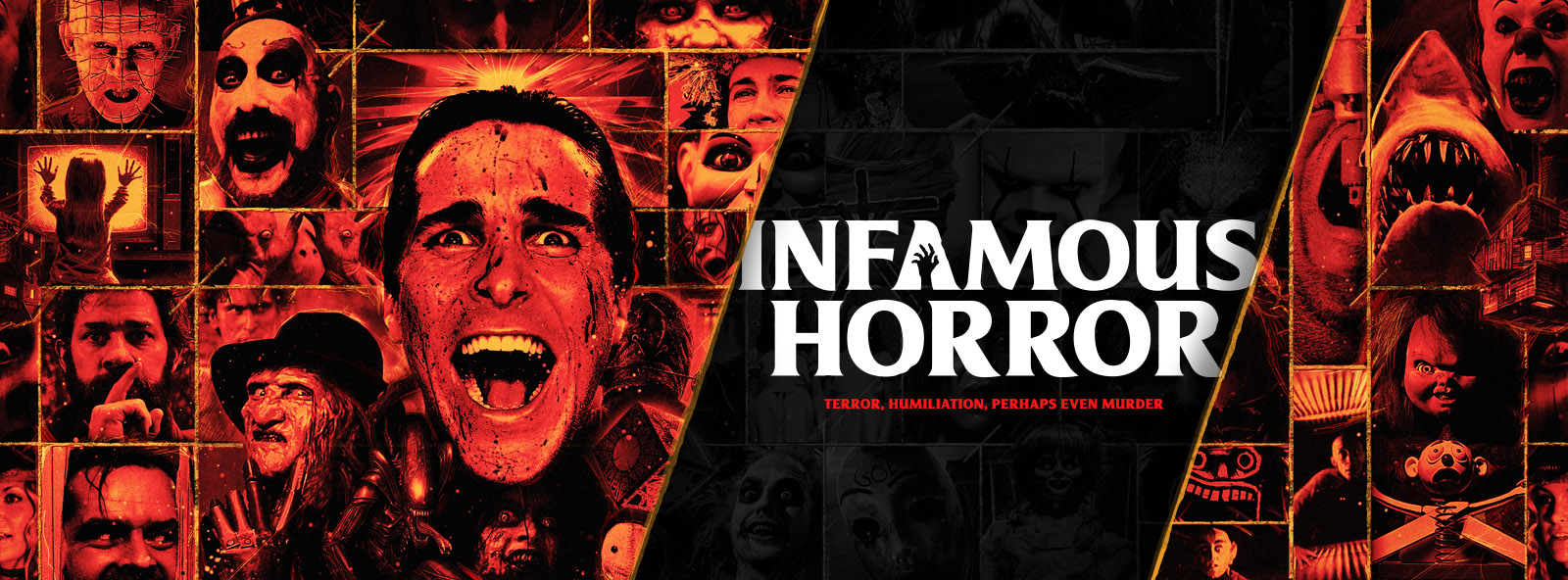
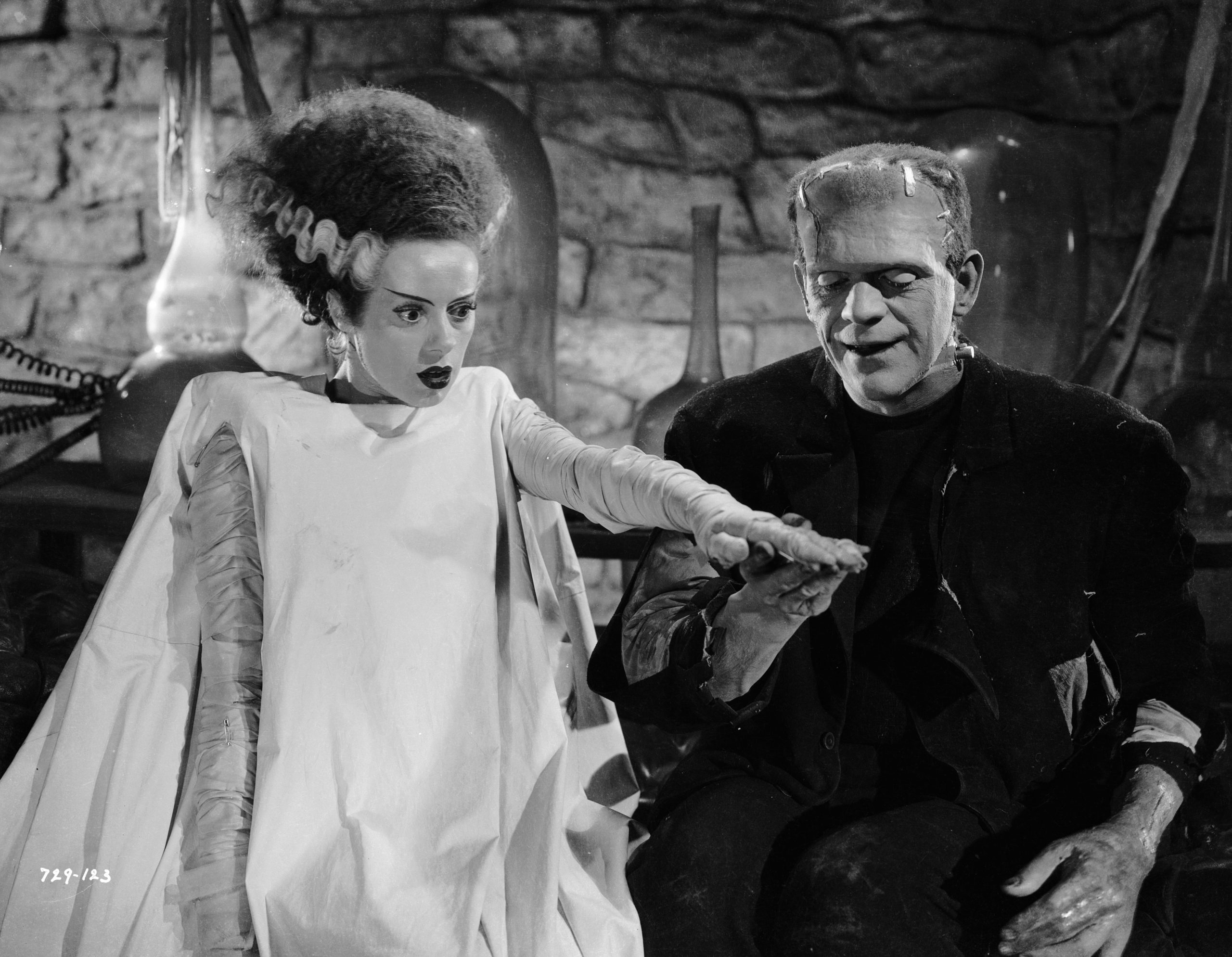
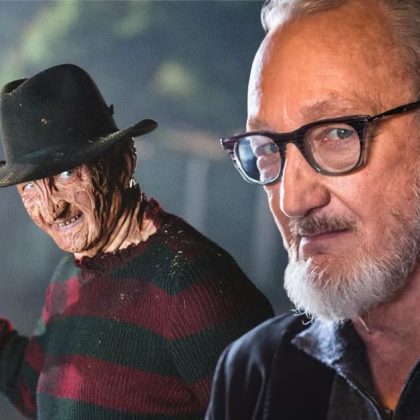
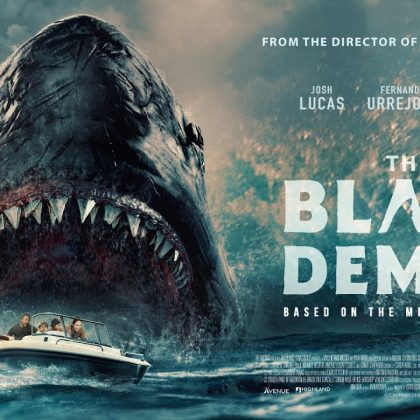
1 Comment